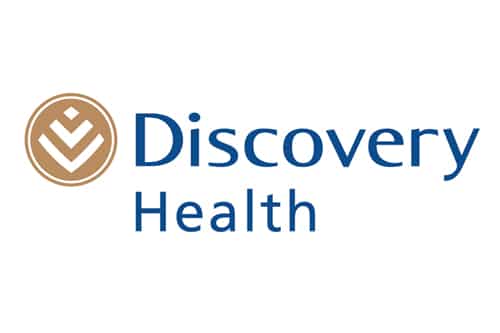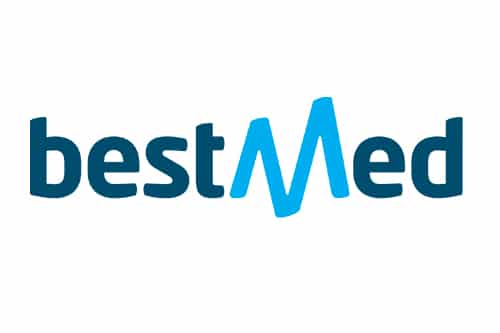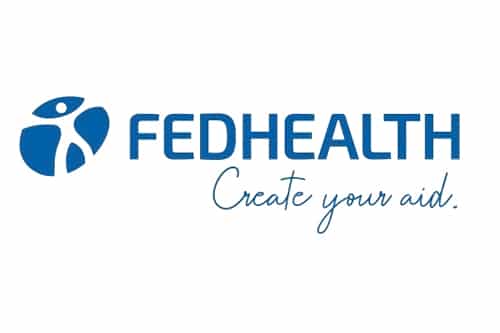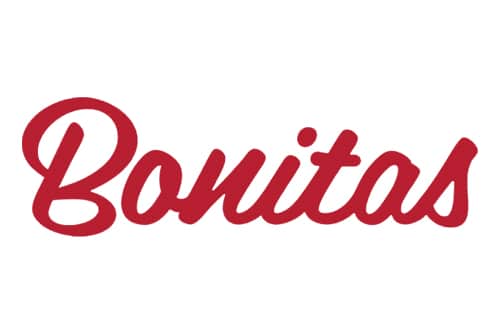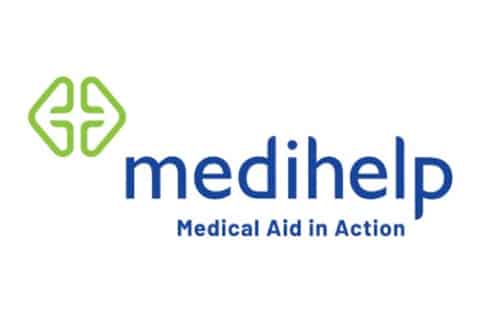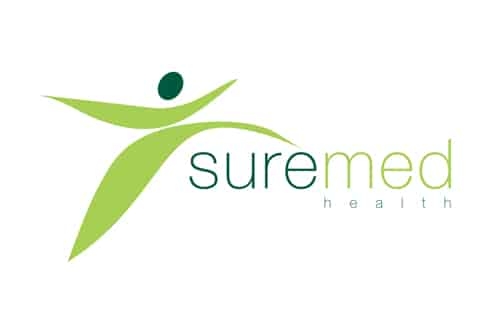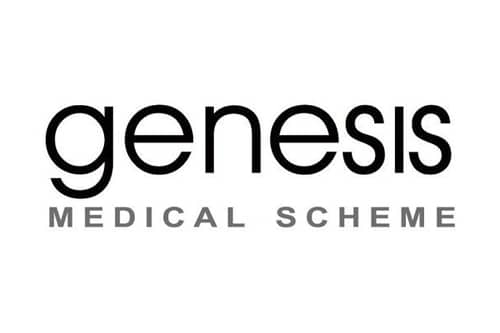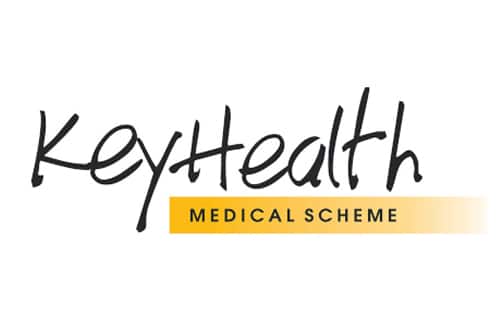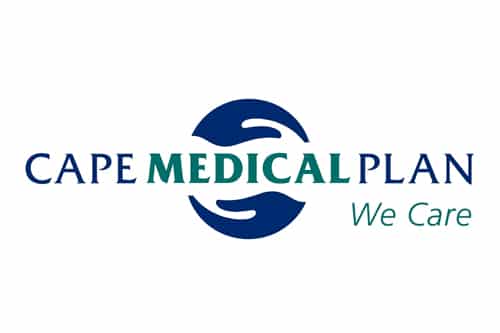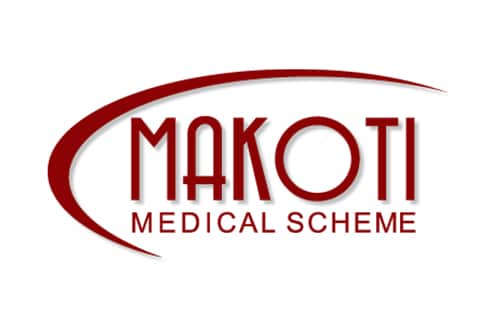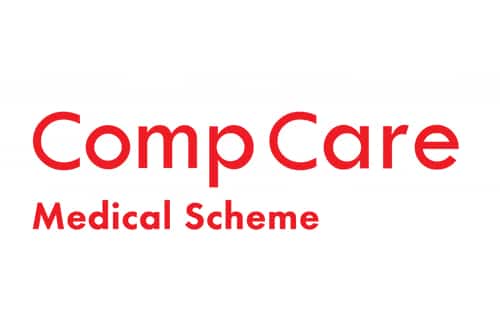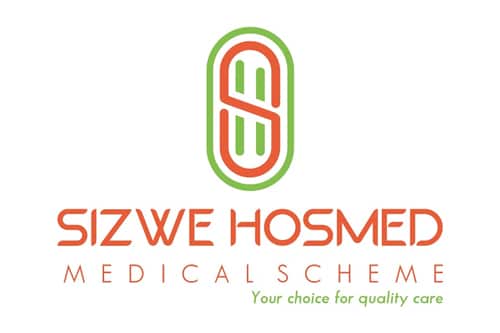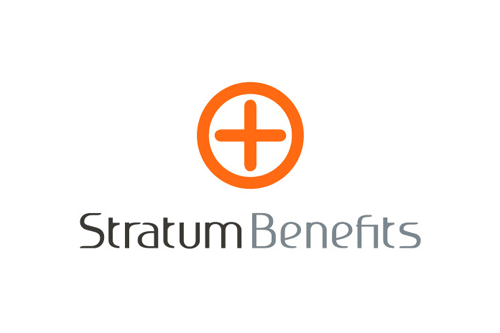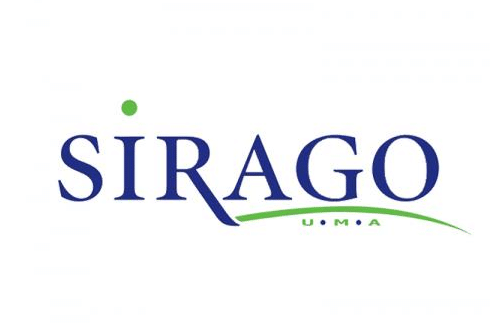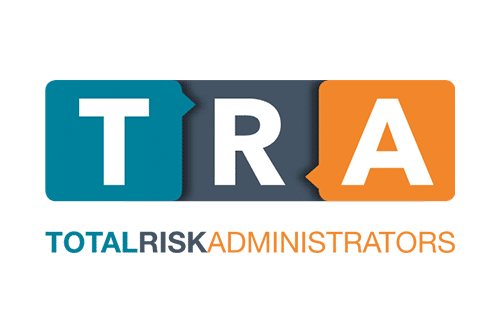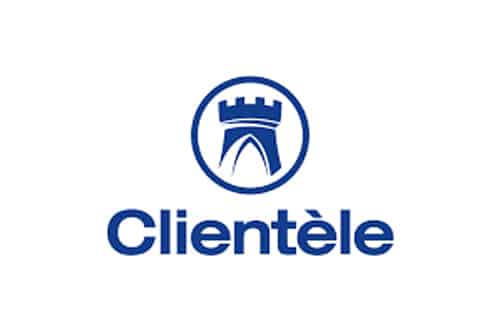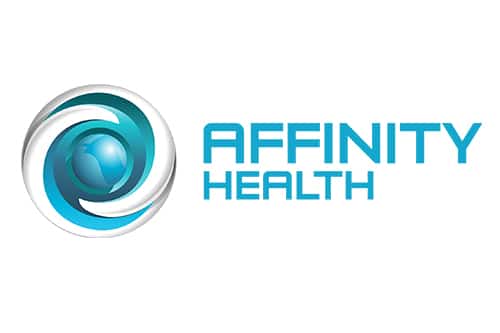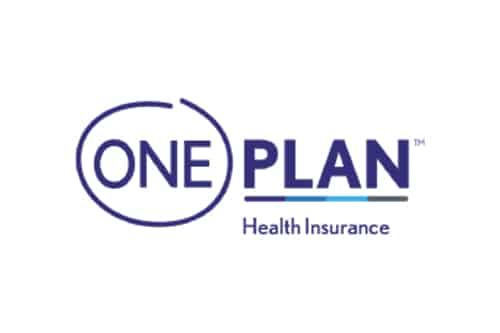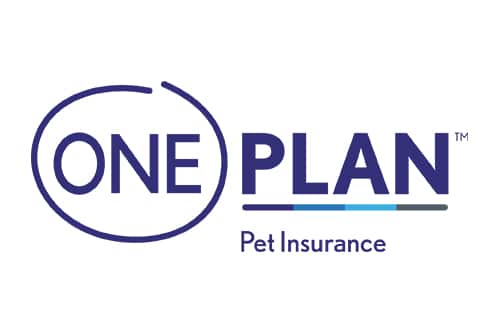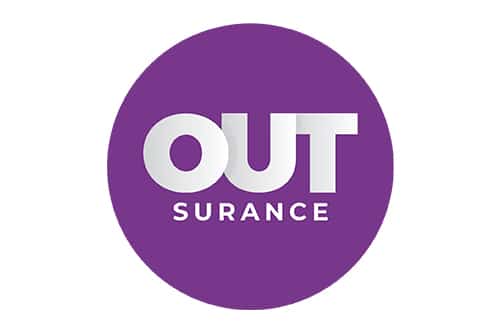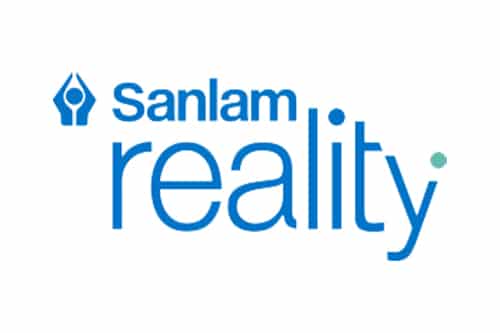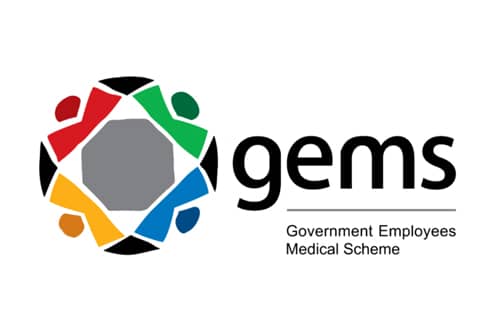Updated: 30 January 2024
Medical aids won’t need an NHI wrecking ball.

With medical scheme members ageing and younger healthier members ‘buying down’ to cheaper insurance products or plans with fewer benefits, gap cover insurance now often totals more than half of some patients’ medical aid payouts.
This emerged from interviews with brokers, underwriters, funders, consultants, and general practitioners this week, exposing a medical aid industry struggling to contain ever-increasing medical inflation – and patients getting less and less bang for their buck.
Insurance underwriters told of regular individual gap cover payouts (read medical aid shortfalls), of between R50 k and R191K (the latter a regulated overall annual gap cover limit per beneficiary per annum for in hospital treatments.)
Sirago Underwriter Managers reports paying over 100 of what they call ‘mega claims,’ (defined as upward of R40 k per claim) in gap cover last year. They say their total gap cover claims between Jan and Nov 2023 totaled R106 million.
Rudolph Ackermann, a veteran Pretoria-based broker with a large client book says that last year he saw on average up to R1 million per month more in gap cover claims compared to previous years.
Martin Rimmer, CEO of Sirago reckons individual gap cover payouts increased from an average of between six and twelve thousand rand, to a fifty thousand rand-plus on average over the past three years. Of three musculo skeletal, coronary artery stent and ischemic heart disease treatments totaling R440 000 in gap cover claims, the average medical scheme payout was 46% of the bill, meaning gap cover handled a 54% shortfall. All three patients were on top end comprehensive medical scheme options. Underwriters and brokers say that even higher-end scheme benefit options that pay 200% are often inadequate.
Responding to the lack of a tariff ceiling for consultants (putting a well-regulated and constructed tariff ceiling in place using well-accepted methodology was strongly recommended by the Health Market Inquiry), Dr Simon Strachan, CEO of the SA Private Practitioners Forum, (SAPPF) had this to say:
“We’re in a very imperfect system with the fee-for-service model. Bums in seats, (or beds), is not the best way to do this. The issue of tariff ceilings, or what is often called an ‘ethical tariff,” is that it often limits the possibility of a competitive market. A low tariff ceiling is our worry with universal health coverage (or National Health Insurance). We absolutely need a system that better represents what we’re doing – to work and be paid for teamwork in a multi-disciplinary team. Currently there’s no mechanism to allow for that,’ he says.
Strachan stresses that gap cover represents a small percentage of the total market and that direct payment arrangements (aka preferred providers) take up far greater volume of private medical aid patients.
“If you’re not part of a direct payment agreement (aka a ‘preferred provider’), you have the right to charge a rate that you and the patient agree on. The patient has the option to not accept it – and the right to complain.”
He said most fraud, waste and abuse complaints to funders came from patient tip-offs. Patients had the right to report such matters to the Health Professions Council of South Africa, (HPCSA).
He put increased gap cover payouts down to medical inflation outstripping the consumer price index which led to patients who needed ‘extensive work,’ (treatment), choosing lower-end fund options – and protecting themselves with gap cover.
Strachan stressed that the fee charged by a consultant based in a private hospital usually came to between ten and fifteen percent of the entire (hospital-based), bill.
“To put it simplistically, the current economic climate has impacted on funders because more and more, (younger), people are buying down or out of medical aids. People in the medical aid market are getting older, so the schemes are losing their risk adjustment. Also, the number of people on medical aid has not increased significantly in the past ten years. More doctors are coming into the private sector because there are no posts in the state sector. The real free market forces are being curtailed by the market not growing – everybody is constrained.”
A new website where readers can compare medical aid plan options called medicalaid.com was launched last year and is currently racking up 50 000 organic searches per month, illustrating just how shrinking domestic budgets are concentrating people’s minds.
Asked about doctor’s ‘gaming the system,” or conducting unnecessary procedures, Strachan said that while the SAPPF did not have a relevant monitoring mechanism, profiling of doctors was conducted by almost every medical scheme administrator – or by the hospital itself for hospital-based consultants. Many specialties and medical organizations also partnered up with funders to run profiling projects and identify ‘outlier’ practices.
He said any suggestion that consultants were inflating their prices were, “simply wrong.”
“You have a duty to discuss payment options with your patient. I see nothing wrong in asking patients how they aim to pay for your services. One thing the SAPPF is very clear on is that healthcare professionals should have a one-off fee, not one for prescribed minimum benefits, (PMB’s), and another for non-PMB’s. You can decide whether to discount that fee or not. If you have gap cover, I should still charge you my regular fee.”
Strachan believes the NHI will not impact medical aid schemes, (as envisaged), for at least two more decades and scoffed at NHI chief, Dr Nicholas Crisp’s oft-repeated assertion that NHI tariffs would be tailored to the quality of service and patient outcomes.
“The Office for Healthcare Standards Compliance are struggling to monitor facilities. How are they going to look at clinical outcomes? That requires a massive amount of input. The only way universal access to quality healthcare can be achieved is via a regulated private sector that can fund itself. A functioning private sector could then contract to the NHI for work and discuss fees. But if the NHI becomes our only source of income negotiated at the lowest cost, then we’ll need to see a massive amount of patients – with all the risks that entails for doctor and patient. Just look at the NHI in the UK – doctors are out on strike,” he said.
Former Chairperson of the SA Medical Association, (SAMA) Dr Angelique Coetzee, a veteran general practitioner, warned patients to ‘read the small print,” in their gap policies, saying it only kicks in after a three-day hospital stay, adding that it was also not regulated by the Council for Medical Schemes, (CMS).
“As for medical schemes, well they’re going to price themselves out of the market and become unaffordable,” she predicted.
Coetzee says that for doctors who are part of a preferred provider network, there’s a tariff ceiling, but otherwise consultants can charge what they liked.
“Also, don’t think scheme hospital authorization automatically means you’re automatically covered for everything. It very often doesn’t.”
She said GPs were seeing numerous patients ‘buying down,’ to lower cost medical aid options which could pay a GP anything between R170 to R350 per consultation.
“In that environment it’s not viable to run a practice. We must meet our overheads. We’re going to see more sick people not accessing healthcare and when they eventually do it will cost a lot of money. Seeing two patients in the time it should take for one is not the way to practice medicine. Education of patients is vital – many don’t even know what an ICD10 code is –vital if you’re claiming.”
She warned that the erosion of medical scheme benefits would impact hugely on primary and chronic healthcare and end up costing the system far more down the line. Lessening the basket of care in primary health spiked tertiary healthcare costs dramatically.
“It makes no economic health sense. Very soon nobody will be able to afford medical aid. Benefit design should not be the sole domain of actuaries. I seriously doubt that moving patients from GPs to wellness clinics and pharmacy nurses is an effective preventative measure. We need more benefits for those over 55 years old, or patients under this age with chronic ailments. We must get primary healthcare right – and I’m not even talking about the public sector where it’s far worse,” she added.
On a prospective NHI single payer fund, Coetzee said that unless the right person was employed for the right job with the right qualifications, universal healthcare would never take off.
“You need to get the private sector on board, not this situation where every private healthcare collective is briefing lawyers to challenge the NHI Bill because their recommendations weren’t taken seriously. As for procuring in bulk, well once you have three of four BEE companies putting their price tags and profit margins on, as we so often see – well, I hardly need say more,” she added.
Both Strachan and Coetzee agree that the NHI would not on its’ own push young doctors out of the country. However, when added to a dire economy, power outages, potholed roads and criminality, it could prove to be the final straw.
Dr Mvuyisi Mzukwa, Chairperson of SAMA referred comment to his public relations spokesman who failed to revert withing time promised.
Author: Chris Bateman

